Summary:
The Netflix documentary The Social Dilemma provides a chilling look at how social media platforms manipulate users to serve corporate and political interests. Combining my insights from part of this documentary with academic resources like Snowden’s article and Laughey’s research, this post explores how social media manufactures consent by exploiting human psychology and shaping societal discourse.
Exploiting Attention: Algorithms and Behavioral Manipulation
Social media platforms like Instagram, Facebook, and TikTok operate on an attention economy. As The Social Dilemma reveals, algorithms are designed to maximize engagement by exploiting psychological vulnerabilities, such as the dopamine hits users get from likes and notifications. Snowden’s article supports this, highlighting how platforms prioritize polarizing and sensational content to drive user activity.
An example is the spread of COVID-19 misinformation during the pandemic. Posts promoting conspiracy theories, such as anti-vaccine rhetoric, were algorithmically amplified because they provoked strong emotional reactions. This reflects Roland Barthes’ concept of signification: social media platforms turn posts into symbols of identity and belief, encouraging users to engage not with facts, but with narratives that affirm their biases.
Manufacturing Political Consent: The Case of Polarization
The political impact of social media is another key focus of The Social Dilemma. Platforms exacerbate divisions by creating echo chambers, where users are exposed only to content that aligns with their existing beliefs. This reinforces Collette Snowden’s observation that users often feel validated and not challenged by their social media feeds.
A recent example of social media’s polarizing impact in the lead-up to the 2024 U.S. presidential election is the controversy over the widespread promotion of false narratives surrounding climate policies. On platforms like Facebook and TikTok, misinformation campaigns falsely claiming that certain candidates intend to impose sweeping bans on gas stoves or vehicles have gone viral. Despite corrections from fact-checkers, these narratives exploit emotional responses, reinforcing existing divisions among voters who either support or oppose climate action.
From: The Social Dilemma
My Perspective: Feeling Trapped in the System
As someone who spends hours daily on social media, I’ve experienced firsthand how the platforms manipulate my behavior. This sense get stronger after watching this film. For example, I’ve noticed how Instagram and TikTok shows me posts or videos related to my recent searches, subtly encouraging me to spend more time on the app. And that’s what big tech company want me to do.
https://www.addictioncenter.com/behavioral-addictions/social-media-addiction/
Even when I’m aware of this manipulation, it’s difficult to break free from the cycle. Like Facebook and Google employees, they said in The Social Dilemma that although they are software developers and know how the business works, they cannot escape their dependence on and being shaped by social media. This echoes a key message from The Social Dilemma: awareness isn’t enough when the platforms are designed to exploit human psychology at its core.
The Broader Impact: From Individual to Society
Social media’s influence goes beyond individual users, it shapes societal values. Laughey’s Key Themes in Media Theory highlights how media systems control not just what we think about, but how we think about it. For instance, Instagram promotes an idealized version of life, where curated perfection becomes the norm. This fosters widespread anxiety and dissatisfaction, pushing users to engage more in a futile attempt to fit in.
Moreover, platforms obscure their complicity in societal issues. As Edward Said observed in Covering Islam, selective representation is a tool for manufacturing consent. Social media companies rarely highlight their role in spreading harmful content or deepening inequalities, instead focusing on their benefits, such as connecting people or promoting activism.
https://www.digitalspy.com/tv/ustv/a33978478/social-dilemma-netflix/
I highly recommend you watch The Social Dilemma. It perhaps will give you something new.
Also welcome to comment and share your thoughts if you have watched it!
References
- Said, E. W. (1997). Covering Islam: How the Media and the Experts Determine How We See the Rest of the World. New York: Vintage Books.
- Snowden, C. (2016). ‘I’m right, you’re wrong, and here’s a link to prove it: How social media shapes public debate’. The Conversation.
- Laughey, D. (2007). Key Themes in Media Theory. Maidenhead: McGraw-Hill Education.
- Orlowski, J. (Director). (2020). The Social Dilemma [Film]. Netflix.
- Digital Spy. (2020). The Social Dilemma: Netflix doc highlights scary truths about social media. Available at: https://www.digitalspy.com/tv/ustv/a33978478/social-dilemma-netflix/ (Accessed: 17 November 2024).
- Netflix. (2020). The Social Dilemma [YouTube video]. Available at: https://youtu.be/uaaC57tcci0 (Accessed: 17 November 2024).
- Addiction Center. (n.d.). Social Media Addiction. Available at: https://www.addictioncenter.com/behavioral-addictions/social-media-addiction/ (Accessed: 17 November 2024).
- BBC Stories. (2022). Why Nazarin believes the COVID-19 vaccine is unsafe | Unvaccinated [YouTube video]. Available at: https://youtu.be/85ZicYaZsbQ (Accessed: 17 November 2024).


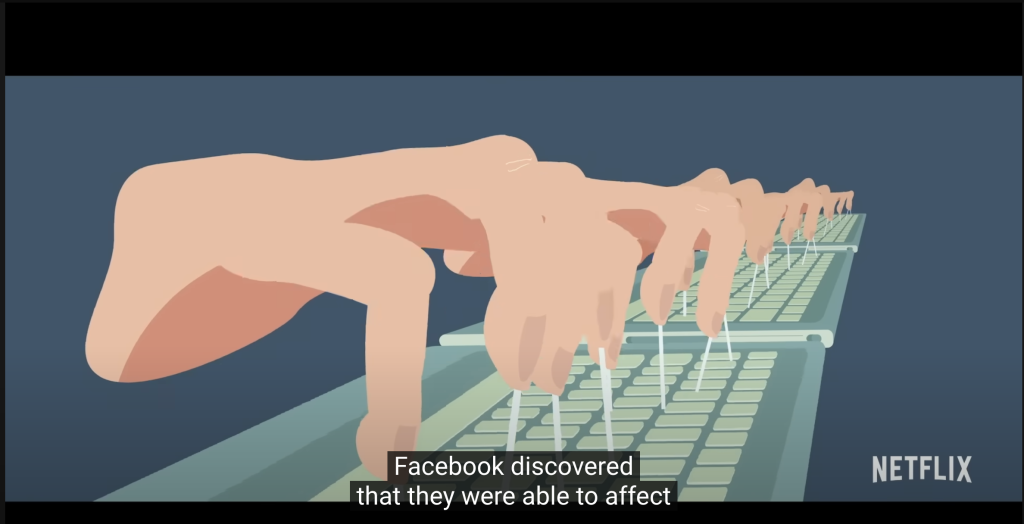

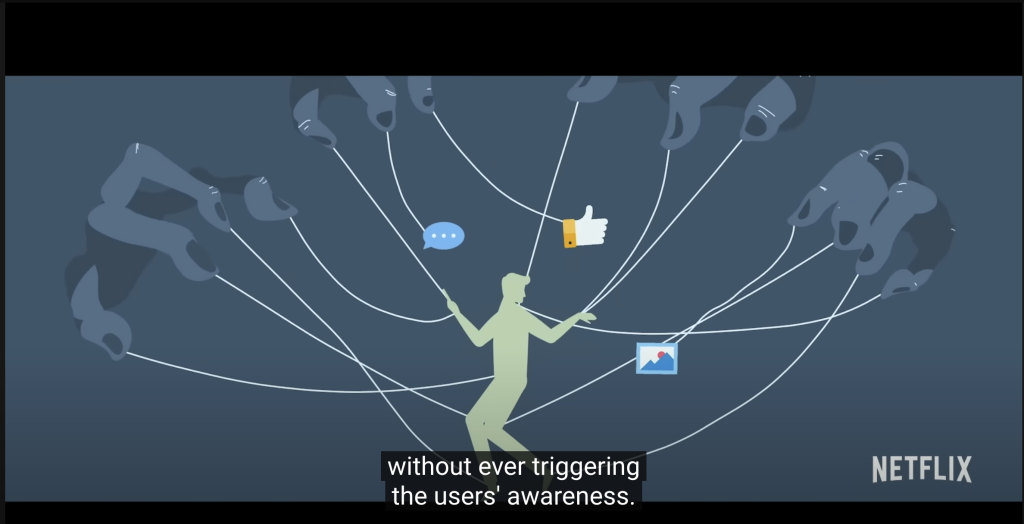
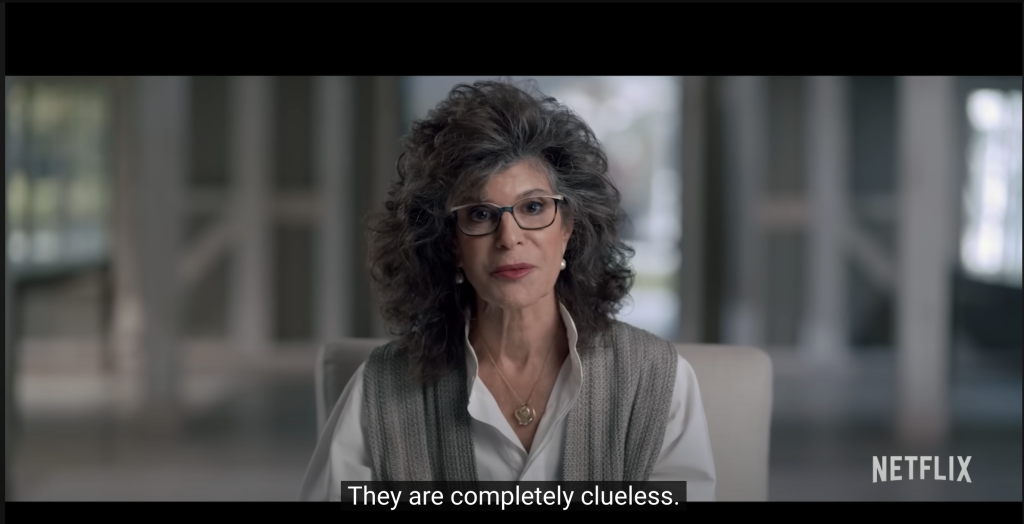
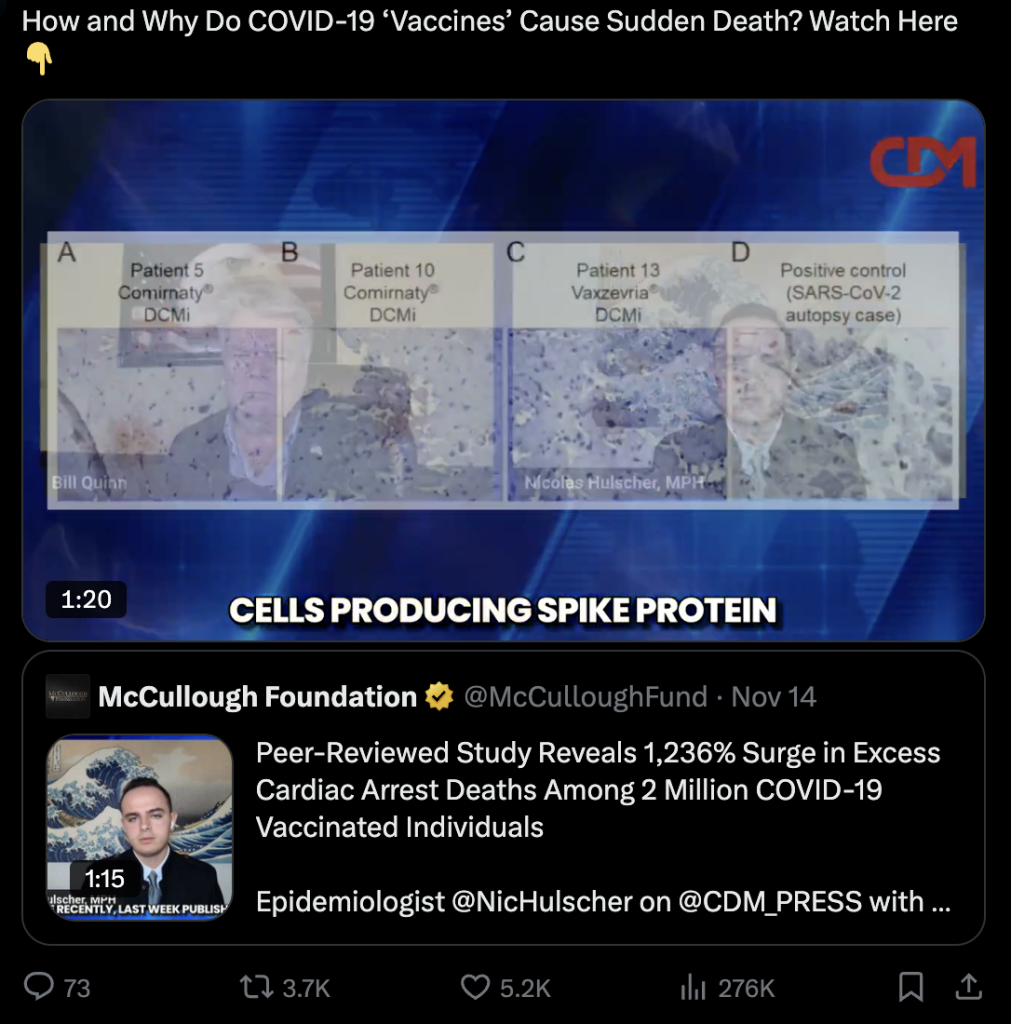
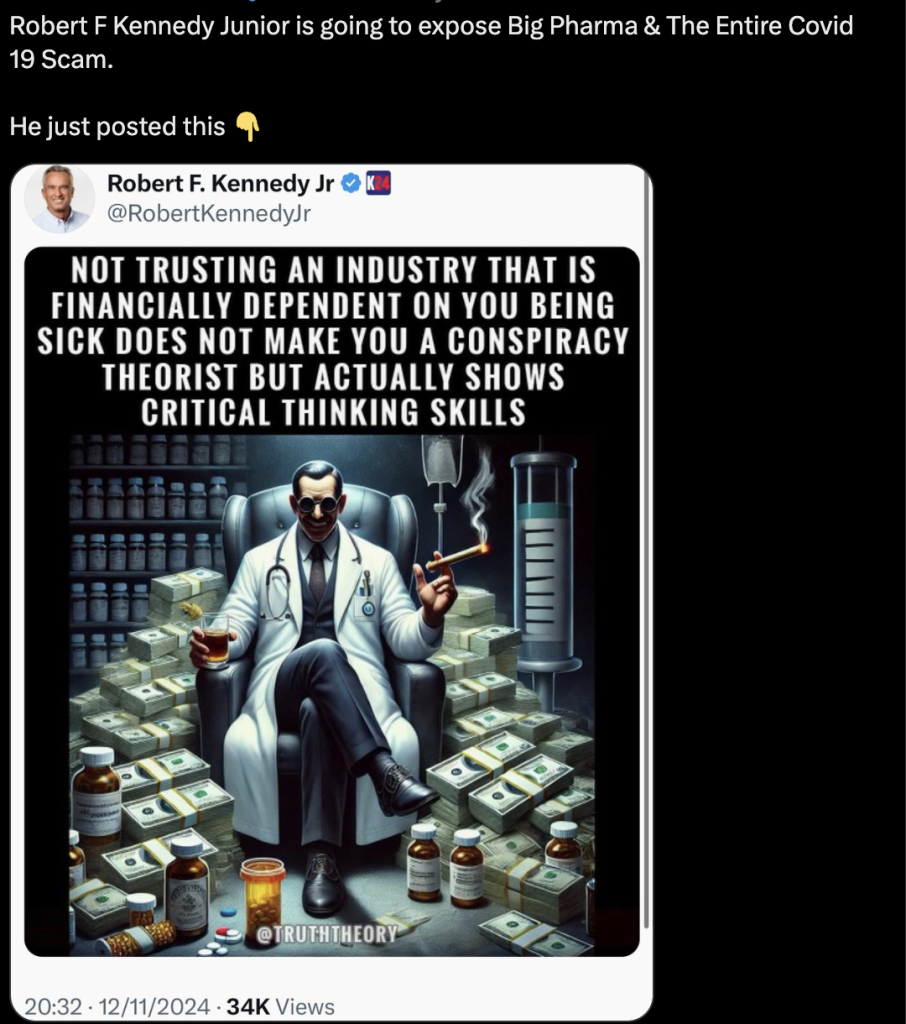
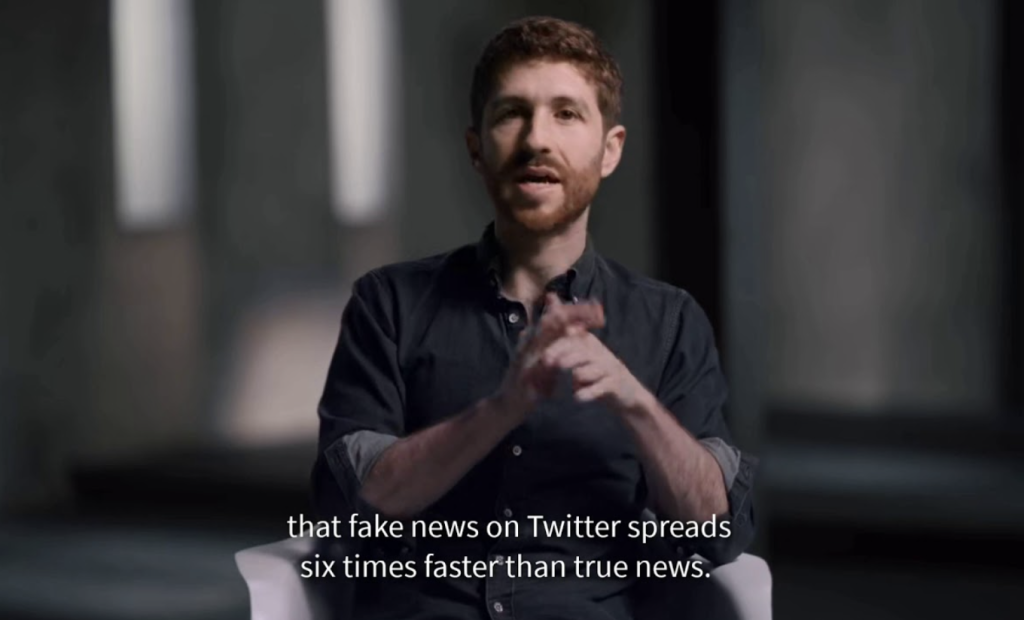
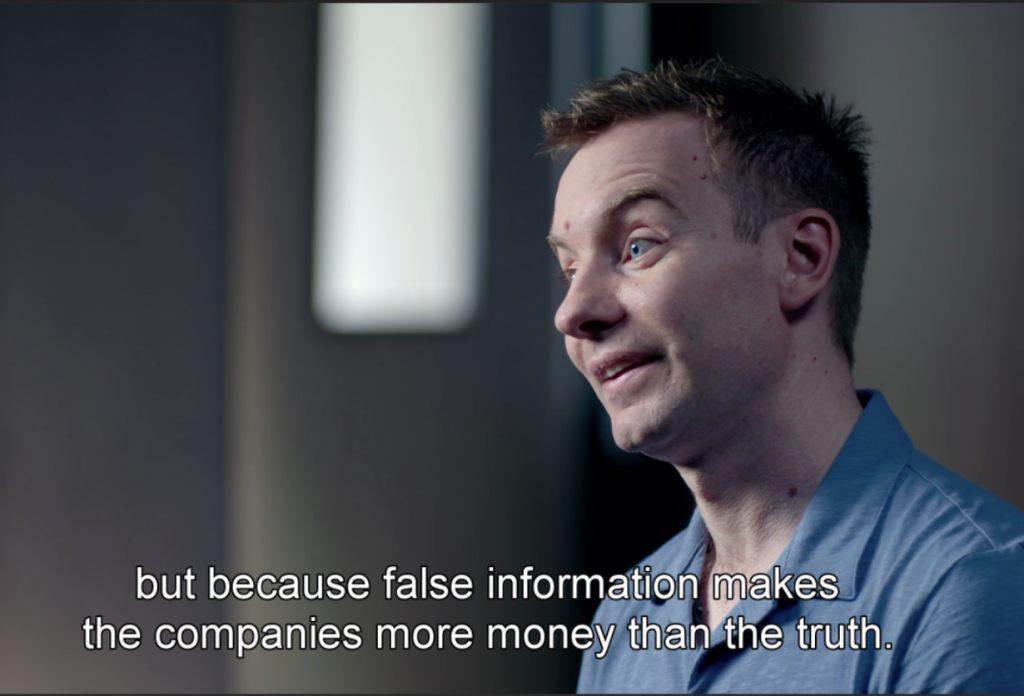


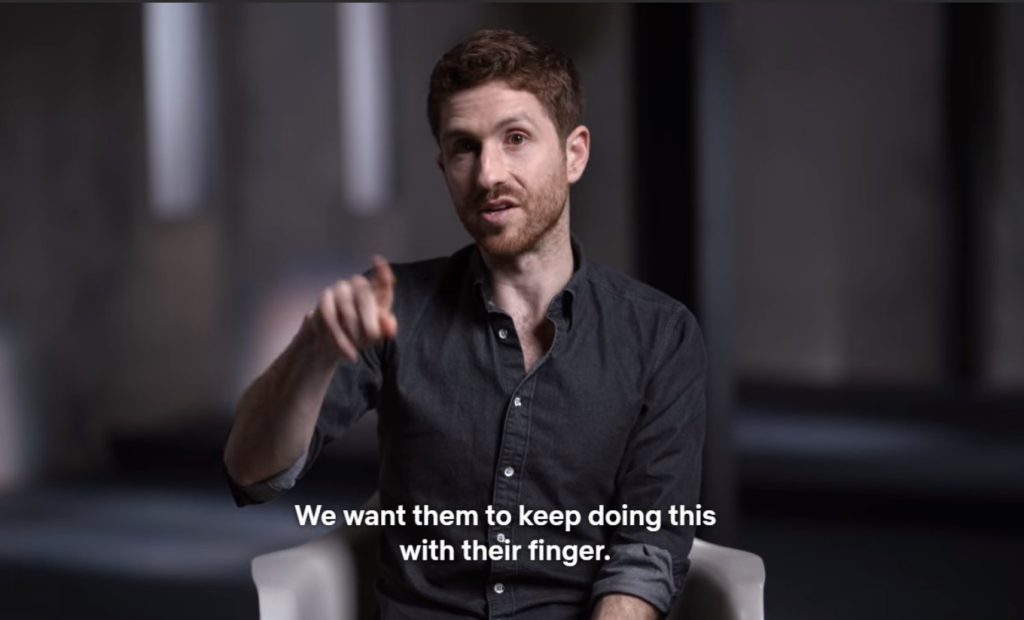
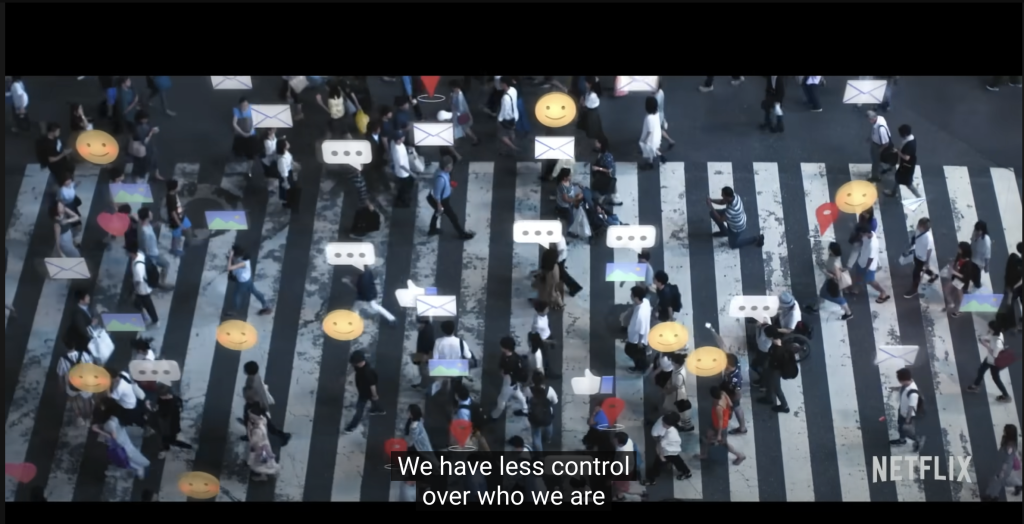
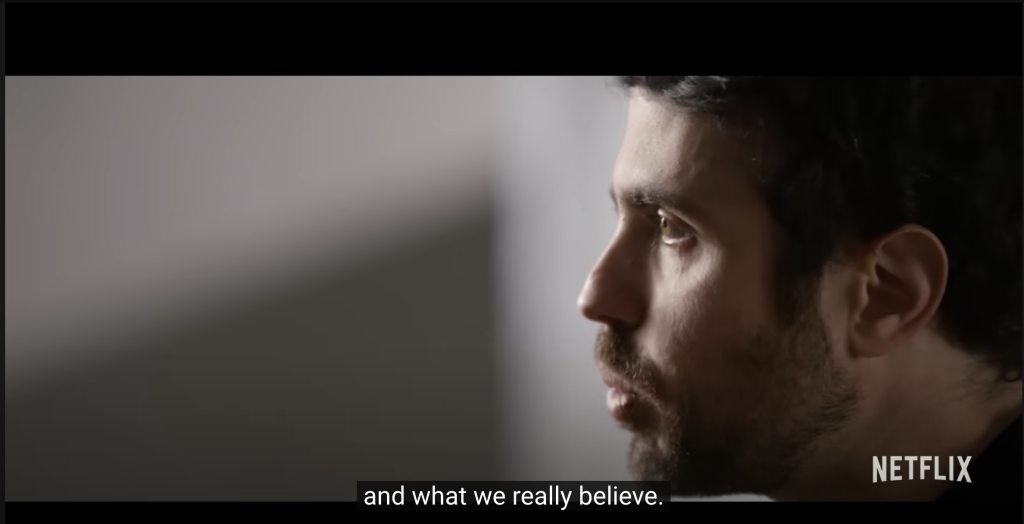
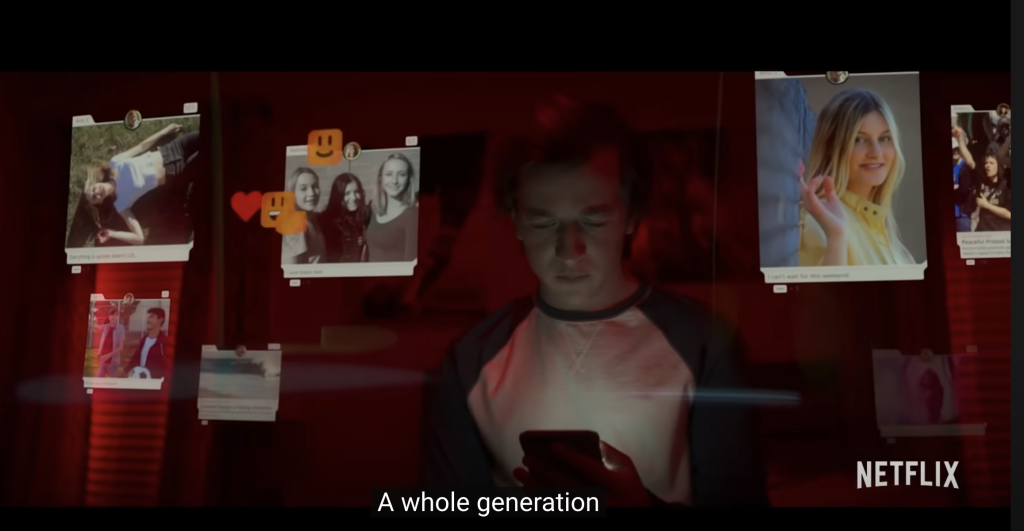
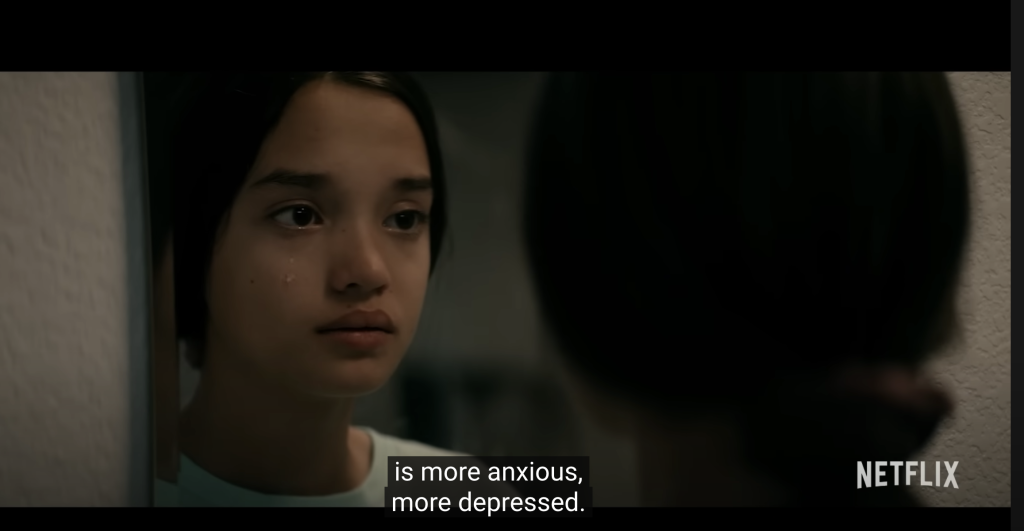
Your blog really did a lot of research and covered a very wide range of topics, and I really liked what this post explored. As you said, social media and social media users are manipulated, their emotions are stimulated, and many circles of antagonism are artificially created. This makes me think about the male-female conflict that we see all the time today. We may be able to distinguish between different social media with different user preferences, they may be integrated, but the total user base influence algorithm indirectly causes the social platform to favor one gender group. When we use these social media, how can we prevent being manipulated?
Thank you for your comment. Talking about how we can prevent being manipulated, it seems so difficult, but everyone can do something actually. Such as not clicking on the content and ads recommended to you by the platform and searching for what you want to watch at that time. Not only that, but it also helps to remain critical when faced with ambiguous news and content. The Social Dilemma also mentioned some of the solutions, if you want to know more, highly recommend that.
Hi!! Jiahe, how are you doing?
After reading your blog, you mentioned how social media manipulates users’ attention through algorithms and influences individuals and society. You’ve used your own experience to deepen the discussion of this issue, especially the impact of social media in exacerbating fragmentation and spreading misinformation. Make the argument more convincing. By combining Snowden’s article and Laughey’s theory, it clearly illustrates how algorithms exploit human psychological weaknesses to create consensus and exacerbate social division.
However, I suggest that, in this blog, you can briefly mention some ways to deal with it, and further explore specific coping strategies, such as how to improve personal media literacy or promote platform responsibility.
But anyway, you write a good blog😄!!
Thank you Nuozhen, good suggestion!
Hi!! Jiahe. This post offers a compelling analysis of how social media platforms manipulate users by exploiting psychological vulnerabilities, emphasizing the role of algorithms in promoting divisive and sensational content. It highlights the broader societal implications, showing how social media not only influences individual behavior but also shapes collective values and political discourse. By connecting these insights to both The Social Dilemma and academic research, the post illustrates the complex dynamics behind the manufacturing of consent in the digital age.